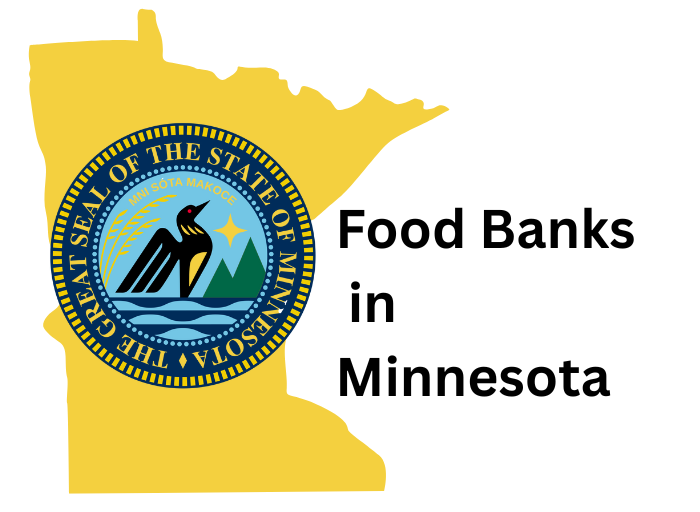More Than a Meal: How Food Pantries Strengthen Neighborhoods
Food pantries are often the heart of hunger-relief efforts, serving as the direct connection between food banks and families. These local hubs provide far more than groceries — they are places of comfort, connection, and hope.
Across the Feeding America network, food pantries distribute millions of pounds of food each year. But what makes them powerful is their ability to adapt to community needs. In urban neighborhoods, pantries may partner with schools, churches, or community centers to reach families where they are. In rural areas, mobile pantries and pop-up distributions bring food to regions where grocery stores are scarce.
Pantries are also evolving to prioritize dignity and choice. Instead of pre-packed boxes, many now operate “client-choice” models, where visitors can select items just as they would in a grocery store. This not only reduces food waste but also respects individual preferences and dietary needs. For families facing diabetes, allergies, or cultural food traditions, this approach ensures access to nourishing meals that work for them.
Beyond food, many pantries also connect families with additional services, including job training, healthcare resources, and housing assistance. By linking food security with other areas of support, pantries strengthen the safety net that helps households regain stability.
Why Food Pantries Matter
- They serve as the first point of contact for families experiencing food insecurity.
- They foster a sense of dignity by giving families choices.
- They build community, creating spaces where neighbors support one another.
When we think about solving hunger, food pantries are on the frontlines. Supporting them — whether by volunteering, donating, or spreading awareness — is one of the most impactful ways we can ensure families have reliable access to food.



